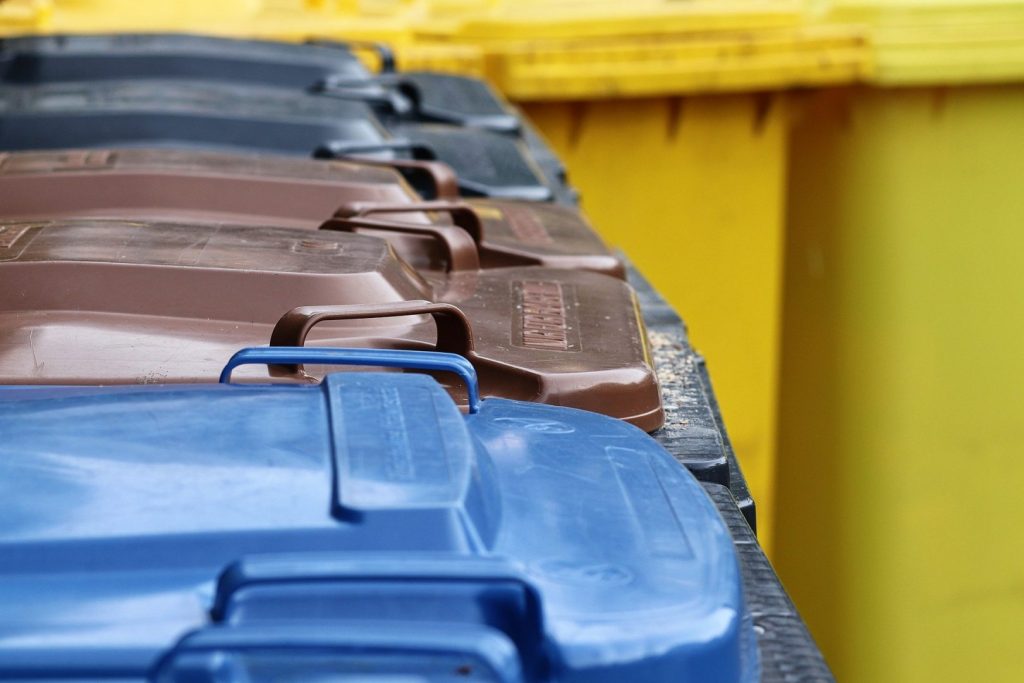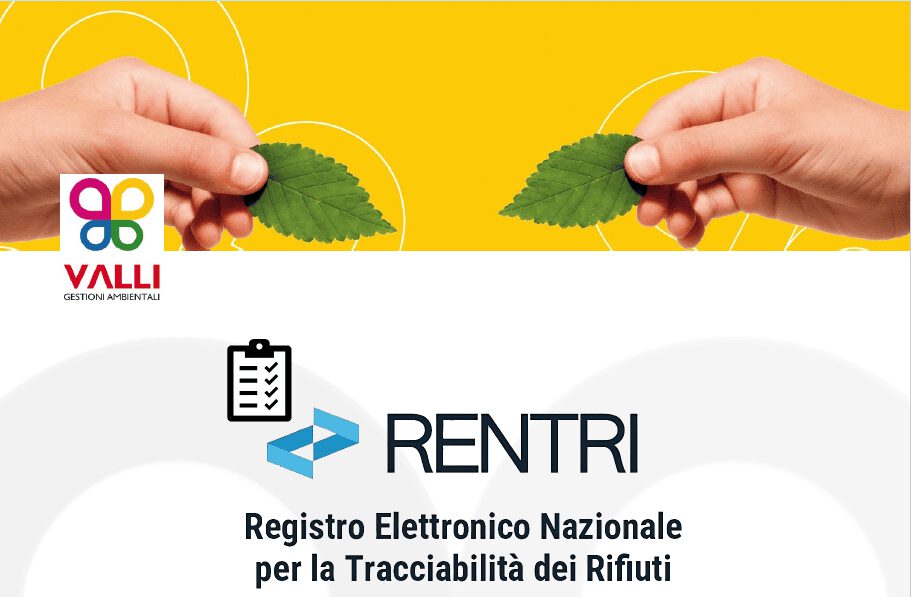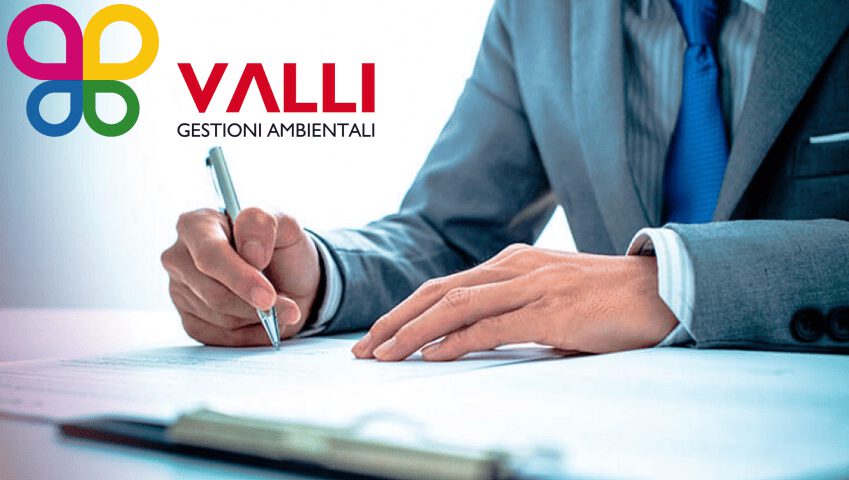First of all, a definition: waste similar to municipal waste refers to those types of waste that have characteristics and product composition such as to allow recovery or disposal in plants originally designed for the treatment of municipal waste. These are therefore artifacts or materials whose disposal does not give rise to emissions, tributaries or effects that pose dangers to humans and the environment. The difference with waste assimilated to municipal waste lies precisely in the nature of their name: assimilated waste is that which exercises the power of assimilation that has been conferred on it by local territorial authorities by Article 198 paragraph 2 letter g of Legislative Decree 152/06. Each municipality therefore had the right to choose which special waste to assimilate to urban waste, excluding that which is formed in production areas, including warehouses of raw materials and finished products, but excluding that produced in offices, canteens, bars, workers’ service rooms and open to the public and those that are formed in sales facilities (considering, however, their surface). On 1 January 2021, something changed: the new definition of municipal waste came into force, which also includes that of non-domestic origin, but considered “similar” in nature and composition.
Municipal waste: the new definition
With the new update of Legislative Decree 116/2020, which came into force definitively on 1 January 2021, the new definition of municipal waste has been introduced, which identifies it as household waste and waste from other sources (retail, administration, education, health sector services, housing, food services and other services and activities that are similar in nature and composition to household waste). Therefore, waste from the maintenance of public green areas, waste resulting from the cleaning of markets and urban garbage collection are also part of it.
What is the purpose of redefining municipal waste?
The ultimate aim of this new definition is to clarify the scope of the preparation for re-use and recycling targets of waste. But that’s not all: with the new provision, the power to assimilate special waste has passed to the State, which establishes which types of materials and activities can generate waste to be managed on a par with urban waste.
Similar Waste is on a par with Industrial Waste
And what happens to industrial waste? There are differences. For industrial activities with production sheds, the possibility of producing waste “similar” to domestic and therefore “urban” waste is excluded. Only special waste is generated from these particular activities. Do you need to manage and dispose of special waste? You can request more information from our Specialized Consultants. Here is a new need for industrial activities: the reclassification of waste that until 31 December could be defined as “assimilated” to urban waste; the recalculation of the taxable area for the purposes of the TARI (municipal waste tariff), in relation to the areas that contribute to the production of urban waste such as those used as offices. Managing waste, urban and special, similar and assimilated, is increasingly a necessary and fundamental objective, in order to safeguard not only the environment but also people.




